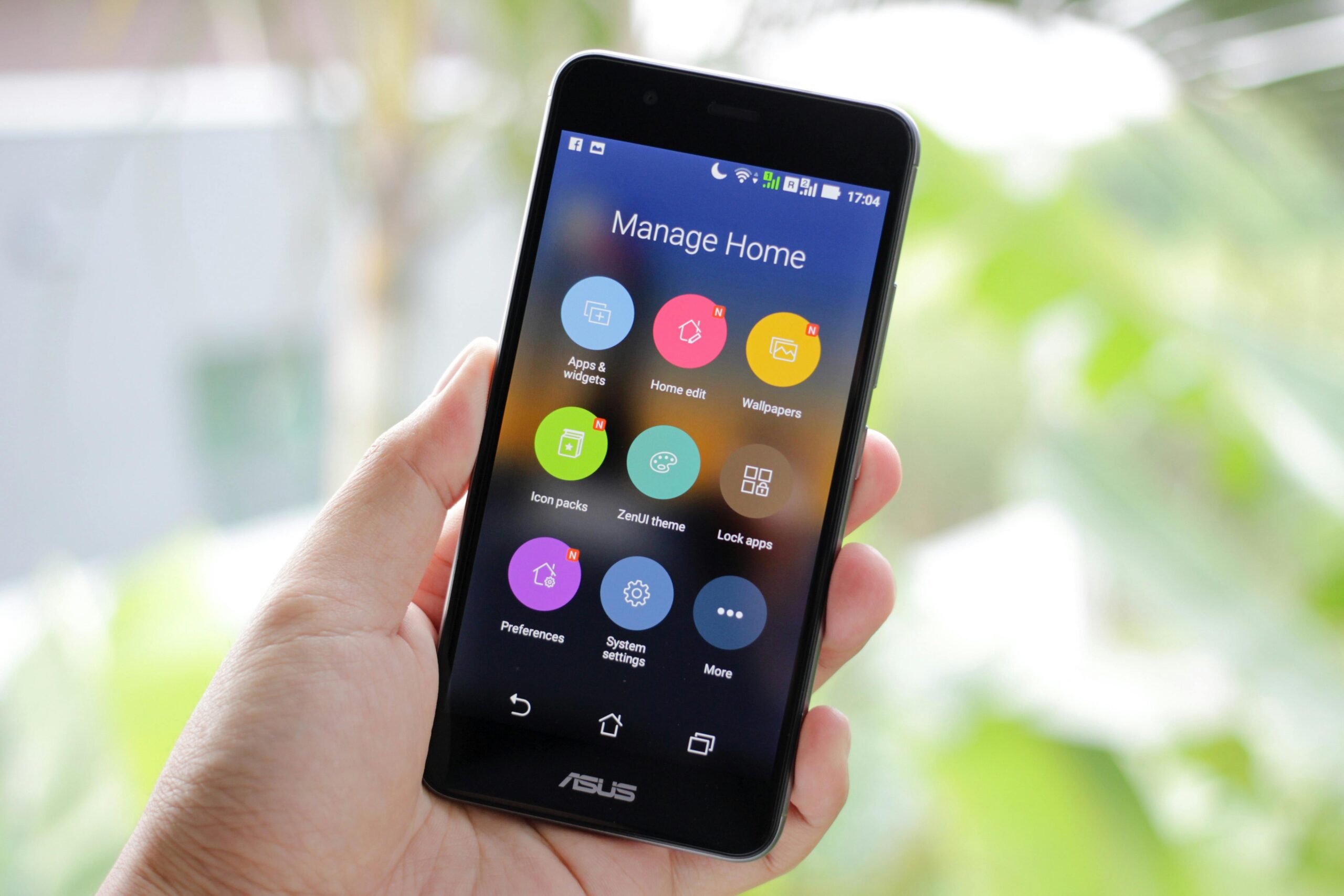The rise of eSIM technology is revolutionizing how travelers stay connected. No longer do we need to swap out physical SIM cards when hopping between countries; the embedded SIM, or eSIM, simplifies the process with seamless, digital switching. But with global roaming often perceived as expensive, many travelers wonder: Are eSIMs the cost-effective answer? This article explores the potential of eSIMs in managing global roaming costs and their role in reshaping mobile connectivity worldwide.
What Are eSIMs?
At its core, an eSIM (embedded SIM) is a small, embedded chip within a device that allows users to activate a mobile plan without the need for a physical SIM card. The beauty of eSIMs lies in their convenience. They can be programmed remotely, meaning users can switch carriers or plans directly from their devices. Most modern smartphones, smartwatches, tablets, and even some laptops now come with eSIM capability, making the technology a natural progression in our increasingly mobile world.
The eSIM offers a more streamlined approach to staying connected for global travelers, eliminating the need to juggle physical SIM cards when moving between countries. You can switch from a local carrier to an international data plan with just a few taps. But how does this impact costs, particularly when it comes to global roaming?
Traditional Global Roaming: The Price Problem
Before diving into eSIMs, it’s important to understand the cost of traditional global roaming. Roaming allows users to access mobile services, such as calls, texts, and data, while traveling internationally by connecting to foreign carriers. However, these services typically come at a high price. International roaming charges vary depending on the home carrier and destination, but they often include inflated rates for data, sometimes costing travelers upwards of $10 per megabyte. Even the most cautious traveler can accumulate staggering fees.
Carriers typically offer roaming packages to ease these costs, but even these are expensive, especially for long trips. For frequent travelers, the constant search for the best roaming deals and managing multiple SIM cards becomes a logistical and financial burden.
This is where eSIMs enter the picture, providing an alternative to traditional roaming that can potentially save time, hassle, and money.
eSIMs: The Global Roaming Disruptor
One of the major benefits of eSIM technology is its ability to provide access to local networks without physically replacing the SIM card. As a result, users can bypass traditional global roaming charges and instead opt for local plans that offer significantly cheaper data, voice, and text services.
Here’s how eSIMs are reshaping global roaming costs:
- Local Rates on a Global Scale
With an eSIM, you can connect to a local carrier in any country, often at the same rates as local residents. Instead of paying international roaming rates, you get access to affordable local packages. Many eSIM providers partner with multiple networks across different regions to offer competitive rates, saving users from the inflated prices associated with traditional roaming services. - Flexibility and Control
Unlike traditional roaming, which locks you into your home carrier’s international plans, eSIMs provide flexibility. You can browse multiple local or global plans and choose the one that best suits your needs. If a better deal comes up, switching plans is as easy as scanning a QR code, and there’s no need to visit a store or wait for a physical SIM card to arrive. This convenience is a huge advantage for frequent travelers who move between regions often. - No More SIM Card Hassles
One of the practical issues with traditional SIM cards is the need to swap them out physically. Travelers often have to manage multiple cards, keep them safe, and ensure they don’t lose any important SIM while switching between countries. eSIM technology solves this by making the process entirely digital. You can store multiple profiles on one device, making switching between different networks and countries easily without carrying around extra SIM cards. - Improved Data Speeds and Reliability
Another benefit of using a local network through an eSIM is improved data speeds and reliability. When roaming, you’re often limited to using partner networks that may not have the same quality of service as the local carrier. By connecting directly to a local provider via eSIM, you can often access faster data speeds and a more stable connection, which is crucial for business travelers and digital nomads who rely on connectivity for work.
Comparing eSIM Providers for Global Roaming
The question remains: Are eSIMs truly a cost-effective solution? The answer lies in comparing eSIM providers and their offerings.
- Global vs. Local eSIM Providers
Global eSIM providers, such as Airalo, GigSky, and Ubigi, offer packages that span multiple countries and regions, making them ideal for travelers who frequent many destinations. These providers typically offer competitively priced data packages, allowing you to access roaming services across various regions at a fraction of the cost compared to traditional roaming plans.
On the other hand, some users may prefer to purchase eSIMs directly from local carriers in their destination country. This is often the cheapest option, as local carriers often offer more generous data packages at local rates. However, this may require more research and effort, as you’ll need to find and compare local carrier plans in each country you visit. - Pay-Per-Use vs. Unlimited Data Plans
When selecting an eSIM for global roaming, it’s essential to consider how much data you’ll need. Many eSIM providers offer pay-per-use data packages, allowing you to buy data as needed. This is ideal for short trips or casual data users. However, some providers offer unlimited data plans for long-term travelers or heavy data users that can be more cost-effective in the long run. These plans may cost more upfront, but they provide peace of mind for those who need consistent, reliable connectivity. - Network Coverage and Speed
When considering cost-effectiveness, network coverage and speed are critical. Some eSIM providers may have limited coverage in certain regions or may only partner with a few local carriers, leading to slower speeds or unreliable connections. It’s crucial to check your eSIM provider’s network partnerships and ensure they offer strong coverage in the areas you’ll be visiting. Paying less for data is meaningless if the service is unreliable or slow.
Who Benefits Most from eSIMs?
While eSIM technology is a fantastic solution for many, its benefits are most apparent for specific groups of travelers:
- Frequent Flyers
For those who often travel internationally for work or leisure, eSIMs are a clear winner because of their flexibility and cost savings. The ability to switch networks quickly and avoid expensive roaming fees adds up over time, particularly for those who visit multiple countries in one trip. - Digital Nomads
Digital nomads, who rely on strong, reliable internet connections to work while traveling, are another group that greatly benefits from eSIM technology. Being able to connect to the best available network without the hassle of physical SIM cards is a game-changer. - Vacationers on a Budget
Even casual travelers can benefit from eSIMs, particularly those on a budget. By avoiding the high costs of traditional roaming, vacationers can spend less on connectivity and more on experiences. Plus, the simplicity of activating an eSIM for a single trip is a convenient alternative to purchasing SIM cards upon arrival.
Limitations of eSIMs
While eSIMs offer many advantages, they aren’t without limitations. Some older devices may not be compatible with eSIM technology, and not all carriers support eSIMs. Additionally, while eSIMs provide access to local rates, they may not always be the cheapest option, particularly in regions where physical SIM cards are sold at deeply discounted rates.
Another limitation is the potential for confusing pricing structures. With so many eSIM providers and plans available, it can be difficult to compare options and find the best deal. Travelers need to be savvy about researching and selecting the right plan for their needs.
Are eSIMs the Future of Global Roaming?
For most travelers, eSIMs provide a more convenient, flexible, and cost-effective solution compared to traditional global roaming. The ability to access local networks, avoid high roaming fees, and manage multiple plans seamlessly from a single device makes eSIM technology an appealing option. However, the true cost-effectiveness of eSIMs depends on how they’re used and which providers are selected.
As more carriers adopt eSIM technology and improve coverage and pricing, eSIMs will likely become the go-to solution for global connectivity. Whether you’re a frequent traveler, digital nomad, or vacationer, eSIMs offer a compelling alternative to traditional roaming, allowing you to stay connected without breaking the bank.


